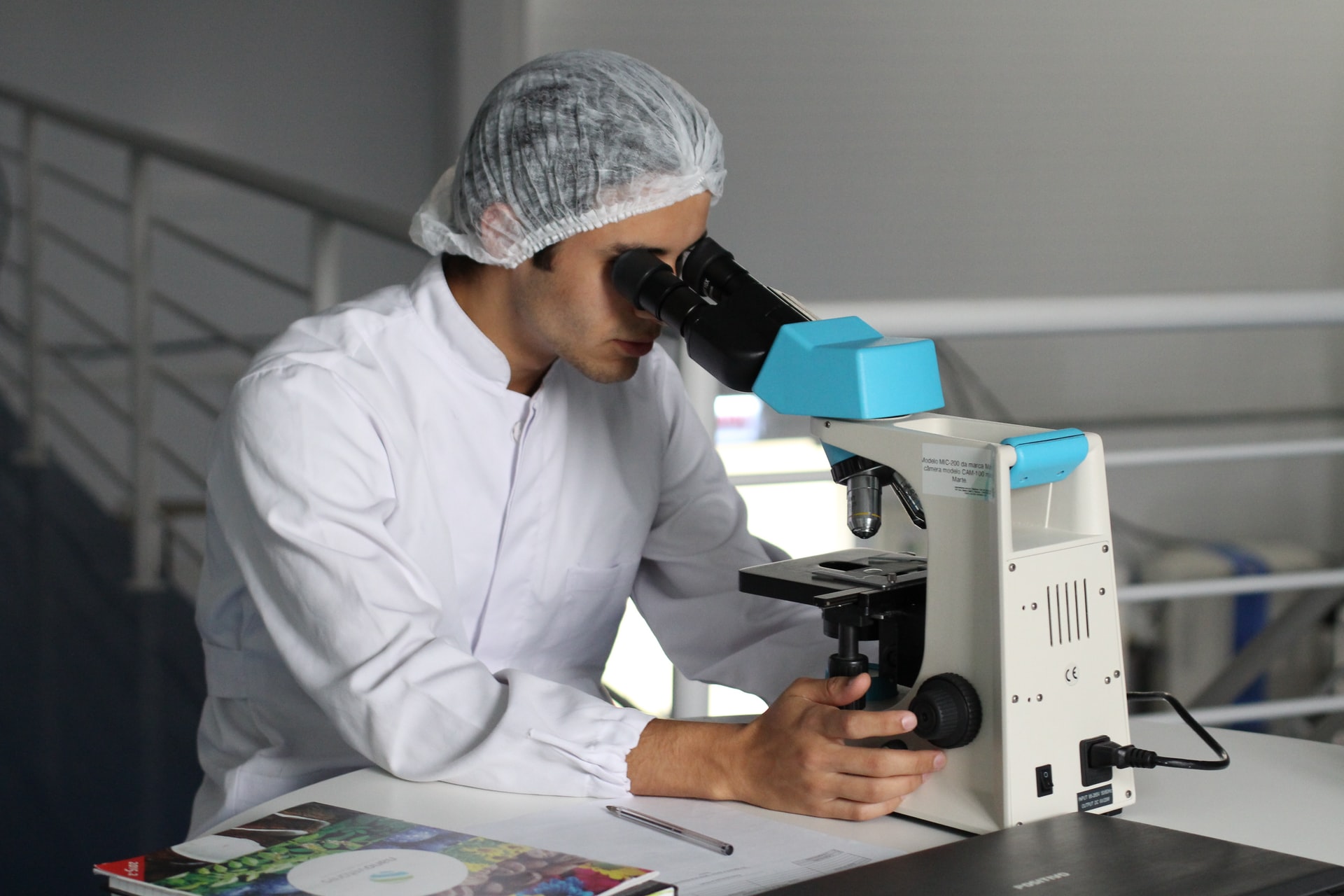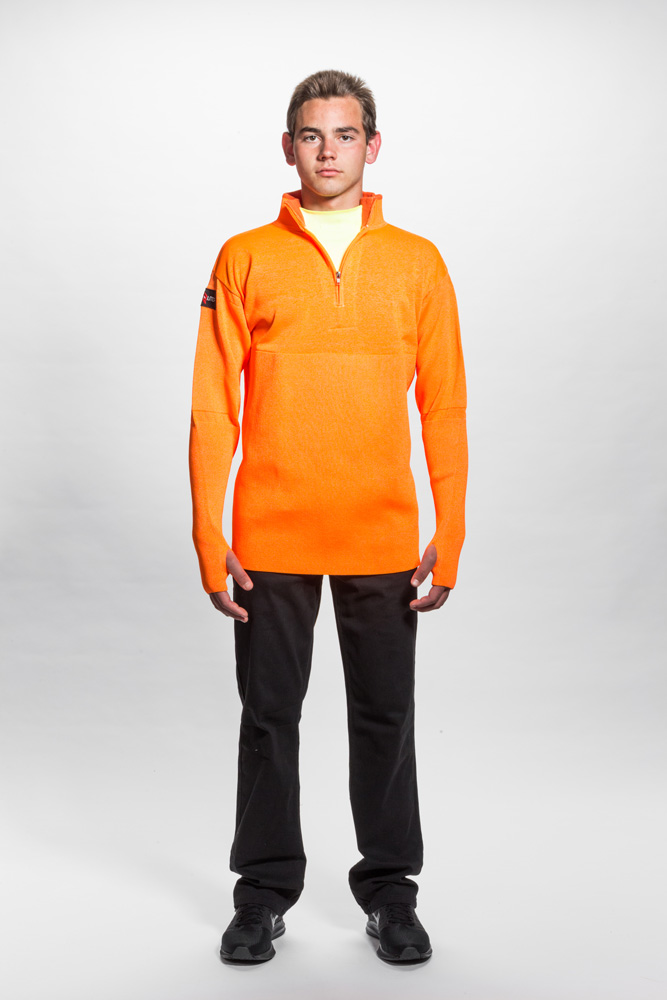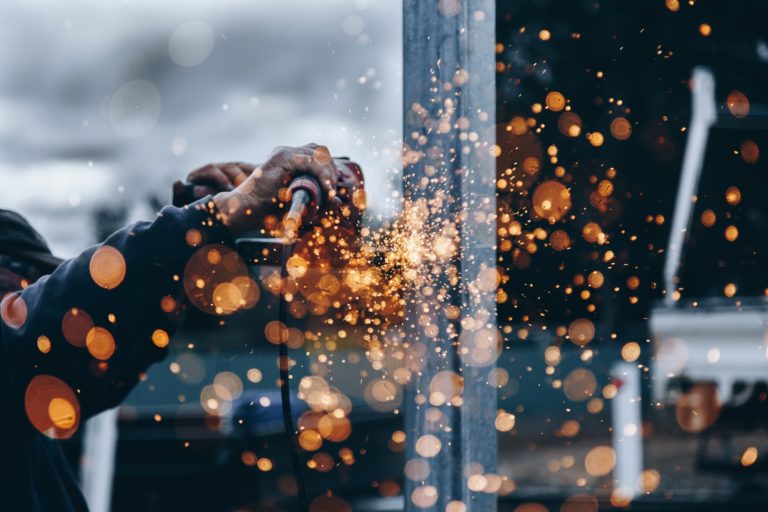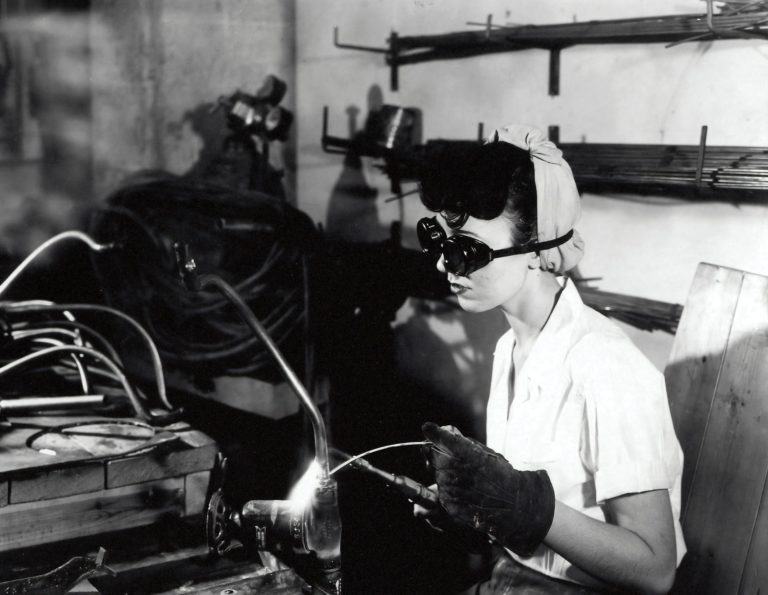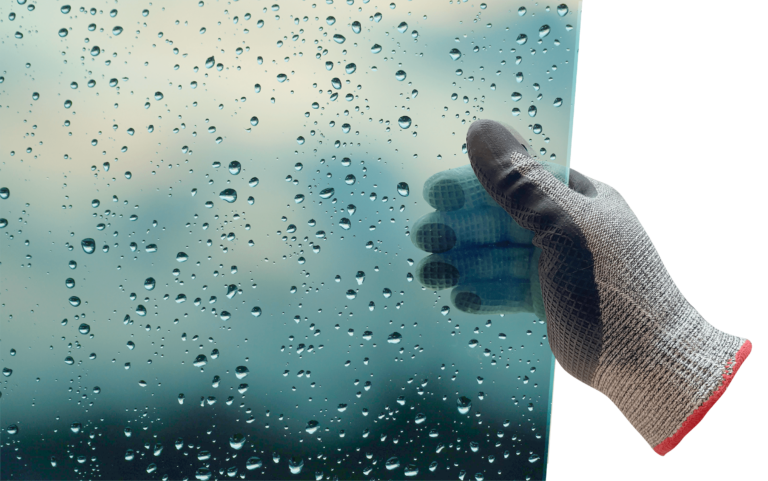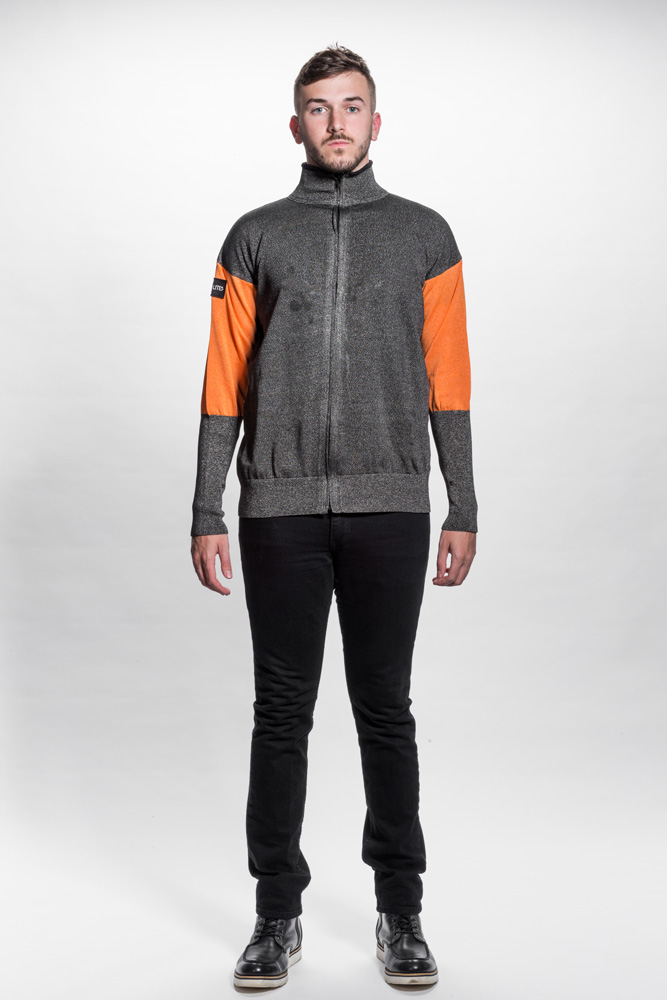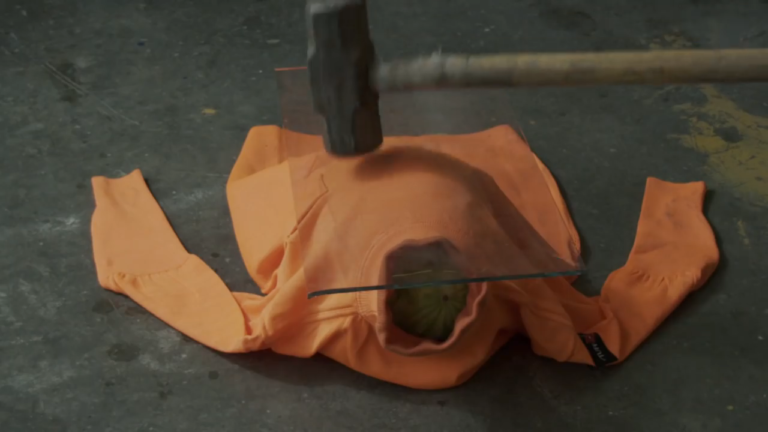Comparing PPE Materials: Kevlar (para-aramid fibers) vs HPPE (high-performance polyethylene composite yarn)
Personal protective equipment (PPE) is highly regulated and required by many trades. With so many types of PPE on the market like Kevlar, which is a common brand of para-aramid materials, and high-performance polyethylene (HPPE) composite yarn, it is difficult to know which material will perform best in your environment for your workers. To make the decision easier, here’s a breakdown of the pros and cons of para-aramids and HPPE.
Strength & Durability
Kevlar
Kevlar (para-aramid materials) was introduced on a commercial scale as PPE in the 1960s and 70s. To this day, it is known for its strength. At the point of creation, para-aramid fibers have a strength of around 2.03/2.06 N/tex. N/tex is the same as GPa/g/cm^3 — these equate to one million newton-meters per kilogram. N/tex is a measure of force per linear density.
Para-aramid fibers are synthetic fibers joined through hydrogen bonds in rigid polymer chains. The process to make para-aramid fibers, as well as their crystalline structure, leaves them vulnerable to weakening over time.
What Weakens Para-Aramid Fibers?
Para-aramid fibers are naturally yellow. Any additive, including dyes, weakens these fibers. That being said, washing para-aramid fibers also compromises their hydrogen bonding and leaves the material weaker than when it came out of the factory.
In general, para-aramid fibers lose 15 percent of their strength after eight wash cycles. This percentage could be even larger if bleach is added to the laundry, as that makes the fibers decompose. With many detergents having a small amount of bleach included in the solution, this increased distress to the material is not always completely avoidable.
Ultraviolet rays and moisture also weaken the material. This means para-aramids are not ideal for outdoor work environments where the sun is shining and people are sweating. Any moisture, such as a person’s sweat, will elongate the fibers. When the fibers stretch out the molecular makeup of the material is altered. Para-aramid fibers are also heavier than HPPE fibers on average, making it a hotter and less breathable material to work in and increasing the likelihood of a person to perspire.
HPPE
HPPE has the highest tensile strength to mass ratio of any fiber available. It is 15 times stronger than steel, with a tensile strength of about 3.8-3.9 N/tex. Its molecular makeup is slick and chemically inert, making the material more resistant to abrasion compared to para-aramid fibers. It is also stronger when encountering a strong abrasive force.
HPPE is unaffected by moisture (e.g. sweat) or UV radiation. This means it is able to maintain its molecular integrity despite harsh working environments, such as summer days in the Southeast United States inside non-environmentally controlled plants or in direct sunlight.
Because of its ability to withstand abrasion and its overall strength, HPPE materials are the best products for people in the glass, waste recycling, knife sharpening, food processing, sheet metal production, and automotive manufacturing industries.
Temperature
Kevlar
Para-aramid fibers do not melt. However, they will begin to degrade at temperatures above 500°C. This means they do not burn until exposed to temperatures of almost 1,000°F. For this reason, para-aramid fibers are often used by military troops. The strength of para-aramids and their ability to withstand extreme temperatures make them great protective equipment in combat zones where hostile attacks can come quickly and without warning.
Para-aramid fibers are also best suited for people who work on or in close proximity to furnaces/fires or with welding equipment. These fibers are frequently the main PPE material used by firefighters.
HPPE
HPPE is a polyethylene plastic, which means it burns quickly. HPPE begins to dissolve at temperatures of 220°F or greater, which poses a safety risk to people who are working in high temperatures environments.
Rather than burning, polyethylene melts at high temperatures. This is an advantage when you want to recycle the material, but a disadvantage if that hot, liquified plastic comes into contact with a person’s skin. HPPE, therefore, should not be used where unexpected high temperatures could occur, since the material could melt onto a person’s skin, leaving significant burns. For this reason, HPPE fibers are outlawed from use for military clothing contracts.
Customization
Kevlar
As previously stated, Kevlar is a shade of yellow in its naturally produced form. Remember, when the color or breathability of the material is altered, the material becomes weaker. For instance, the military often requests black para-aramid fibers for camouflage. While the difference in strength is not directly visible to the person wearing the clothing, it is apparent and can also reduce the longevity of the product. Para-aramid fibers are best kept as is when they exit the spinnerets from dry jet wet spinning.
HPPE
HPPE is totally customizable. Its fibers are produced through a gel spinning process and their molecular makeup does not weaken as a result of additives. Therefore, customers can have softeners, dyes, oils, and different protective fibers added to their HPPE without consequence. HPPE can also have ANSI hi-vis polyester and reflection visibility tape added to the product to make it more visible for construction work or work in hazardous areas, such as along highways.
Manufacturers have started to blend CBD oil with HPPE to help with pain maintenance and promote a calm work environment. Manufacturers also frequently add cotton or other soft materials to make the PPE more appealing and comfortable for workers. Another common customization is adding thumb holes, thumb loops, and mesh backs.
The thumb holes and loops prevent the PPE from shifting while workers move their elbows or lift heavy items, and the mesh back increases breathability and promotes cooling. With all of HPPE’s customizable features, molecular strength, and flexibility, it typically requires a greater front-end investment compared to para-aramids. However, the durability of HPPE products can lead to cost savings in the long term, as they are replaced much less frequently than para-aramid PPE.
The Verdict
Here are the “winners,” based on the elements we outlined in this article. The preferred PPE material when considering the following elements are:
High Temperature – Kevlar Para-aramid PPE wins
- Para-aramid fiber is the preferred PPE in environments that are exposed to high heat.
- This is the preferred material when it comes to working in firefighting, welding, working near furnaces, etc.
Strength & Durability – HPPE wins
- HPPE is a much stronger material (tenacity) than Kevlar (para-aramid fabric) and is highly cut and abrasion-resistant.
- HPPE does not degrade from UV light and sweat like Kevlar para-aramid PPE and can last up to 6x longer.
- This is the preferred material when it comes to working in glass, waste recycling, knife sharpening, food processing, sheet metal production, and automotive manufacturing industries, among others.
Customization – HPPE Wins
- HPPE composite yarns are totally customizable without compromising their superior strength.
- Kevlar para-aramid PPE weakens as a result of additives and custom colors; thus, it needs to be replaced more often.
Ultimately, there is no right or wrong material. Your choice will depend on your working environment. However, now that you know the strengths and weaknesses of each material and the environments they’re best suited for, you can make an informed decision that you feel good about.

